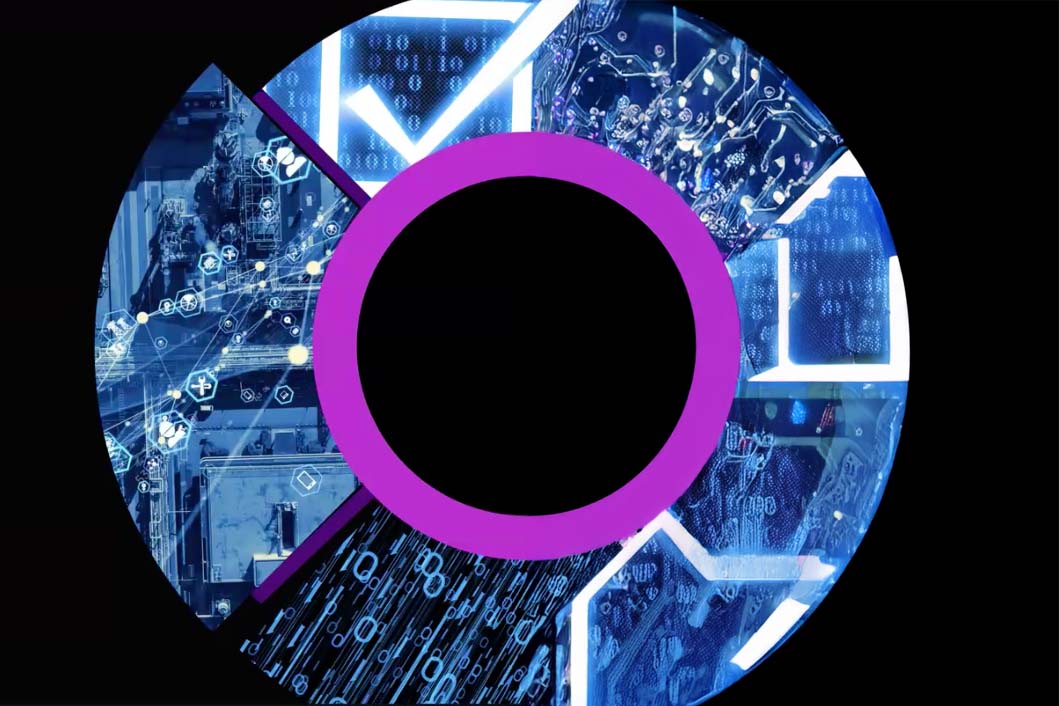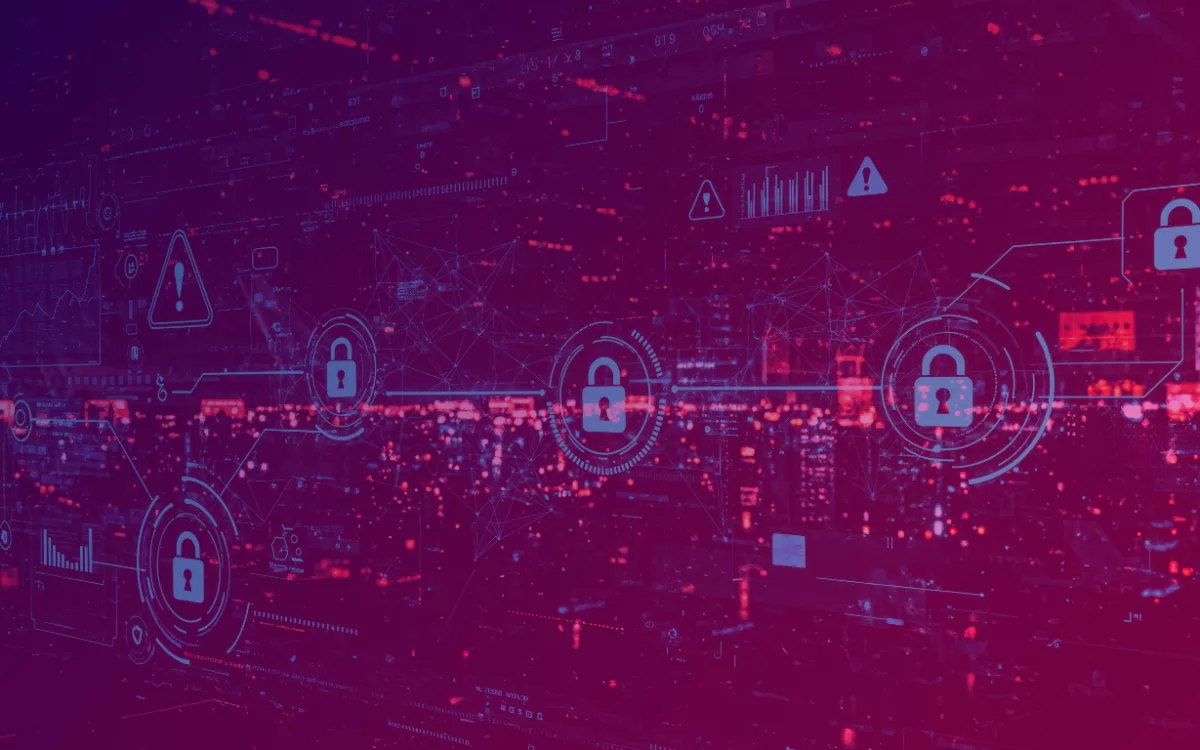Webinars
Resources
iluminr Insights

Webinars
From Silos to Systems: Harnessing Capability Intelligence Across the Ecosystem
Join iluminr Cofounder Marcus Vaughan and CMO Paula Fontana as they explore how Capability Intelligence helps teams simplify critical response spanning people, platforms and partners.
Read post
Stay updated with the latest blogs directly to your inbox











